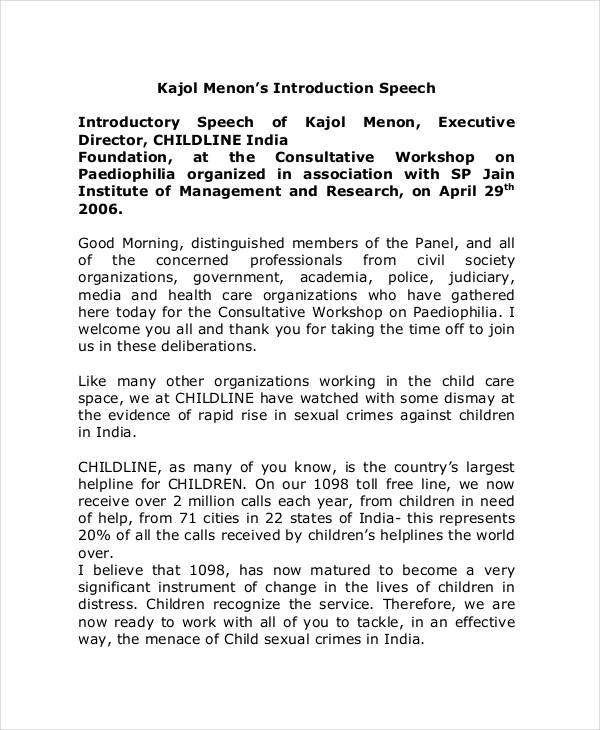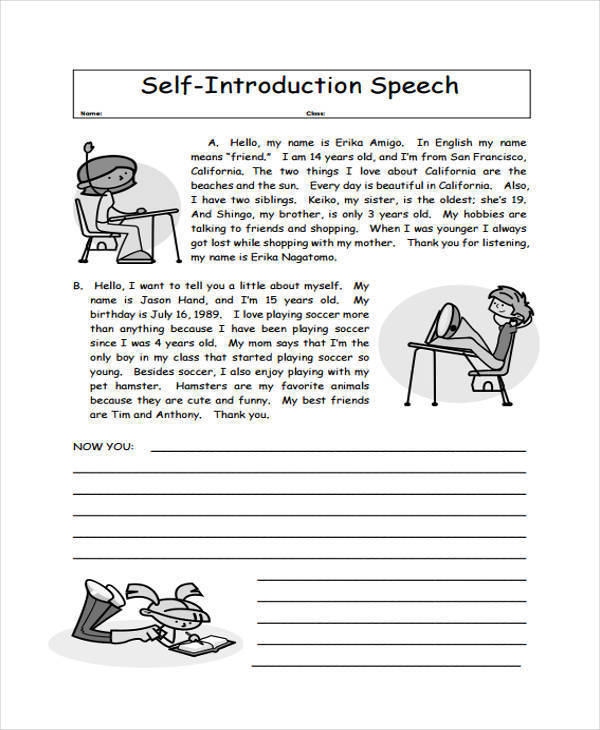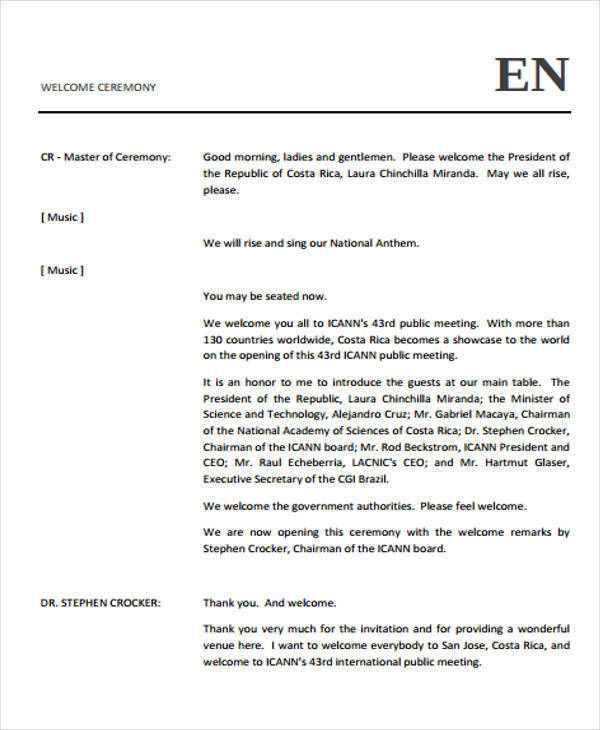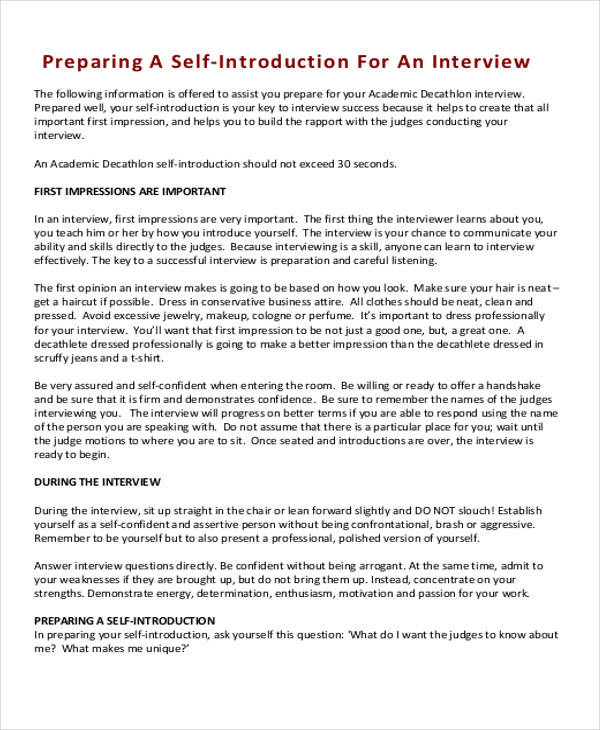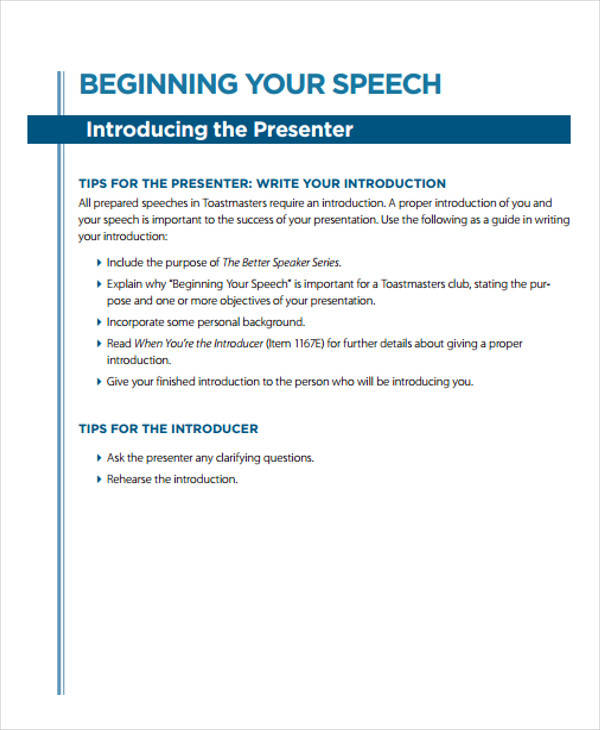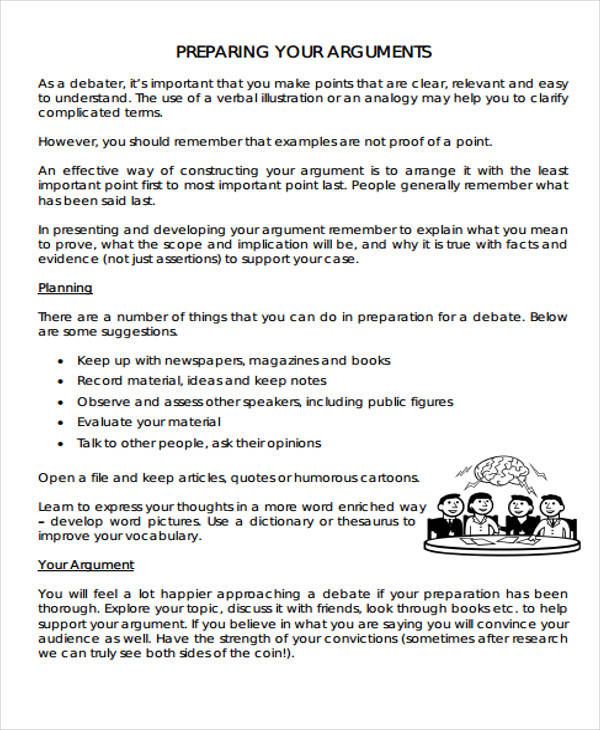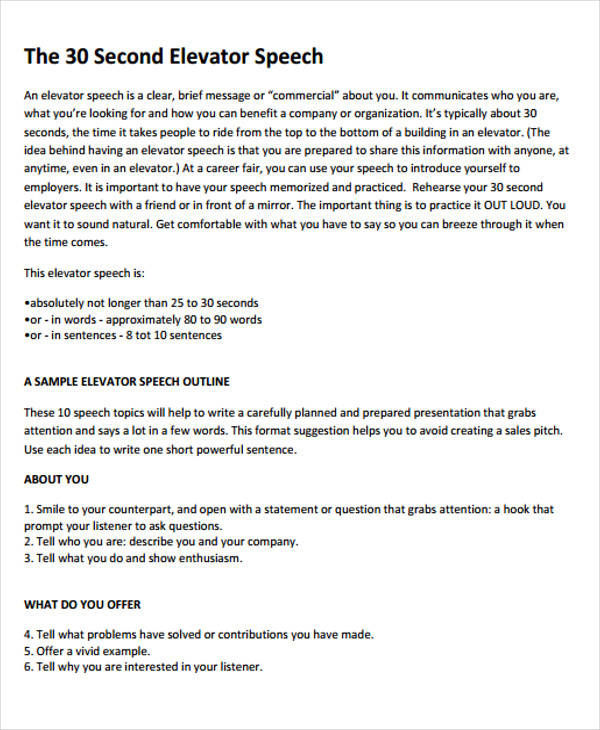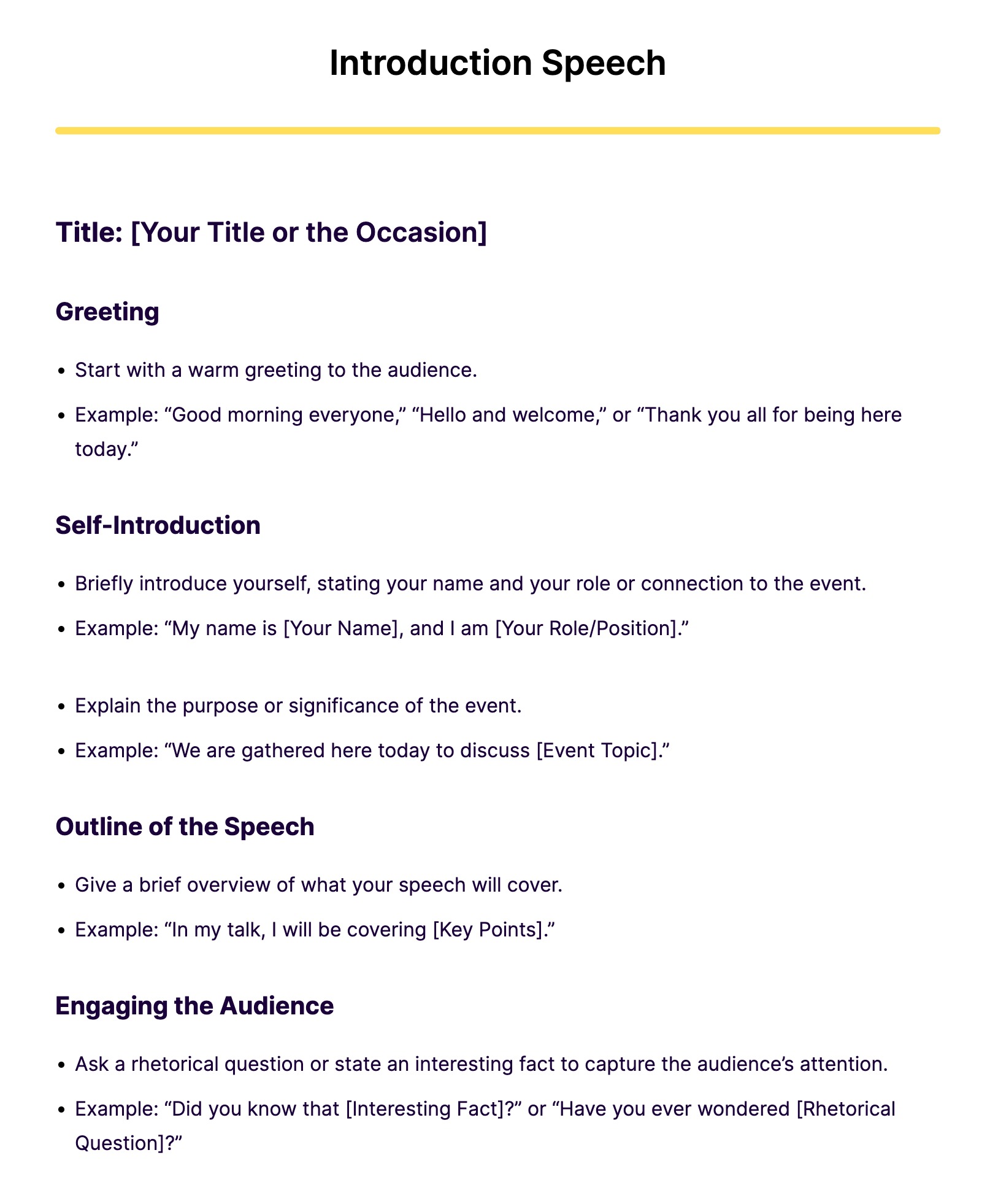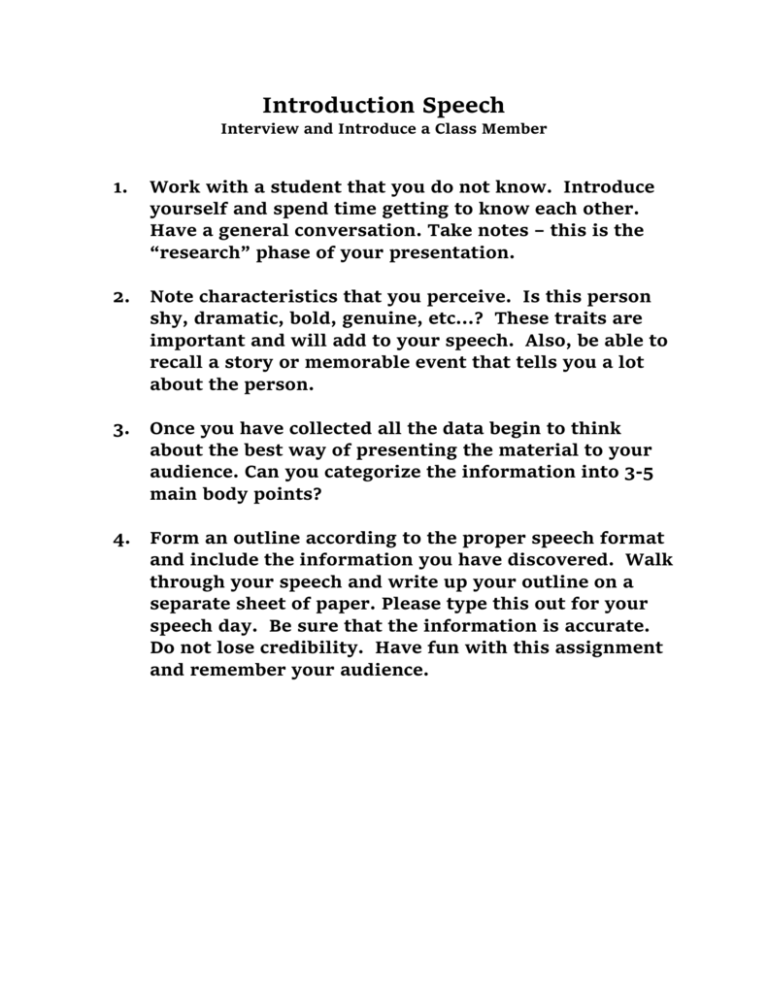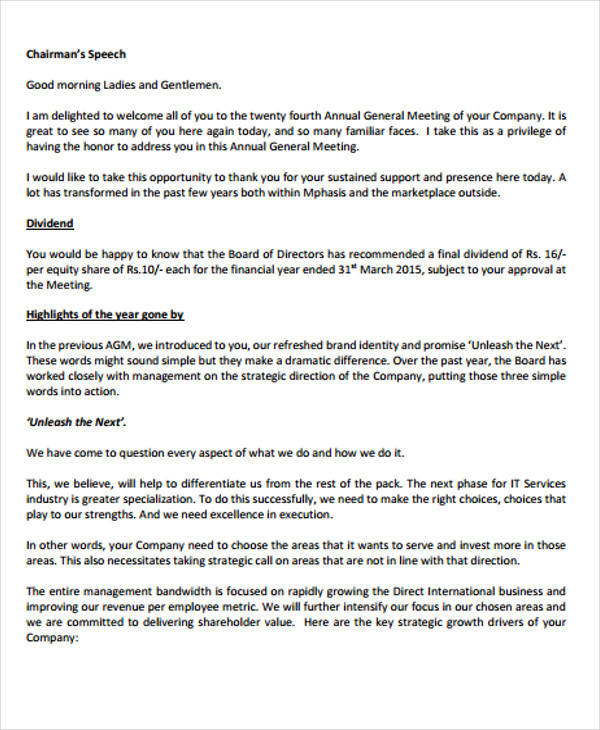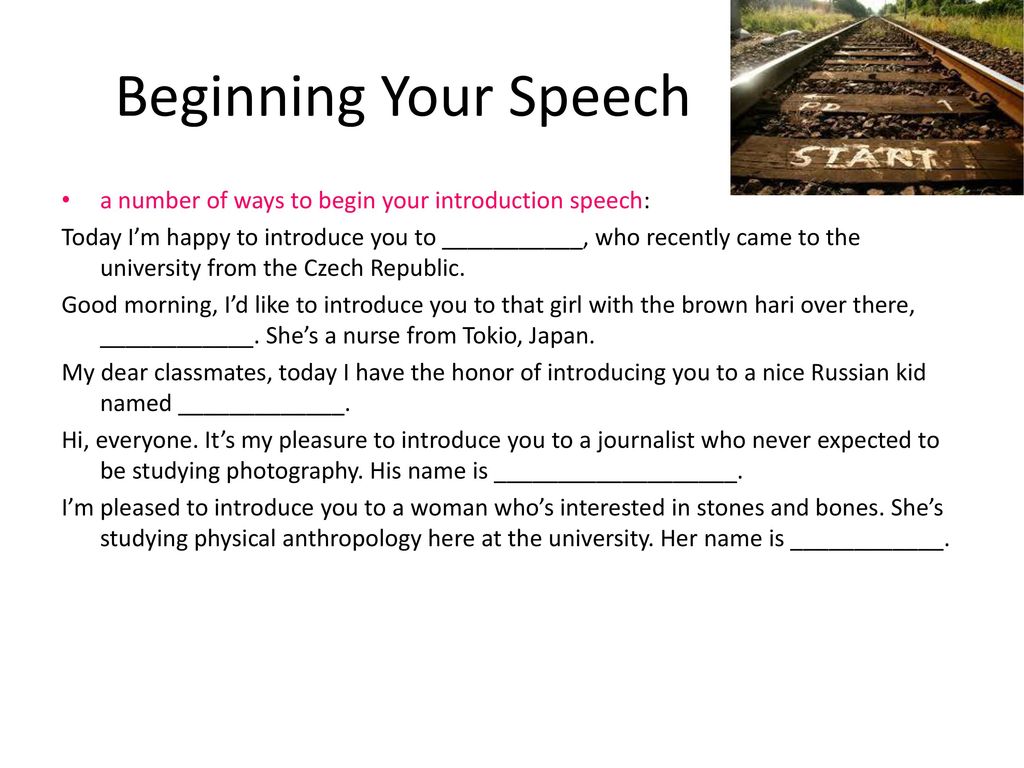How Do You Write A Good Introduction For A Speech
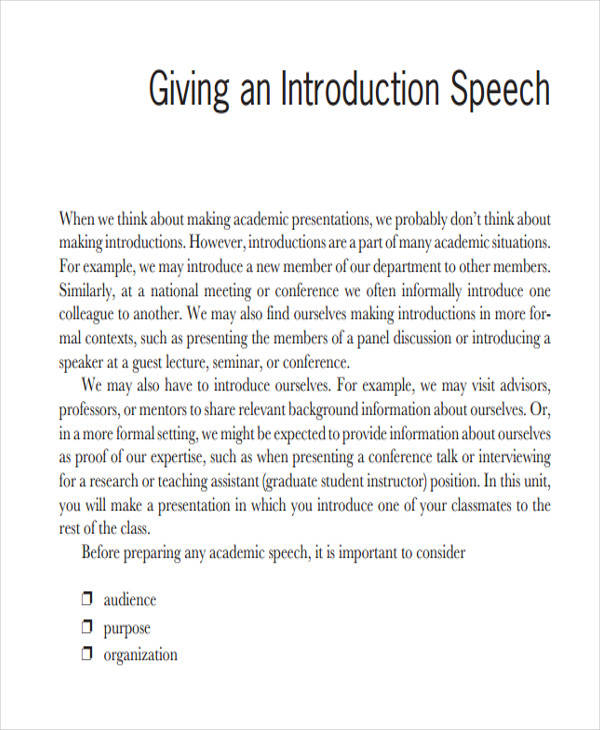
Struggling to hook your audience from the start? A captivating speech introduction is the key to unlocking listener engagement and ensuring your message resonates.
Mastering the art of a strong opening is crucial for any speaker. This guide provides actionable strategies to craft introductions that grab attention, establish credibility, and set the stage for a compelling presentation.
Know Your Audience and Purpose
Before crafting a single word, understand who you're addressing. Tailor your introduction to their interests, knowledge level, and expectations. Research your audience; a quick online search can reveal demographics, common values, and even recent events that may be relevant.
Define your speech's core purpose. What do you want your audience to remember or do after hearing your words? This purpose should be subtly communicated in your opening.
Crafting the Opening Lines
Several proven methods can instantly captivate your audience. Consider these options:
Start with a Bold Statement
A shocking statistic, a controversial opinion, or an unexpected claim can immediately grab attention. Ensure the statement is relevant to your topic and properly supported later in your speech.
Example: "Did you know that 40% of all food produced in the US is wasted?" This sparks curiosity and sets the stage for a speech about food waste reduction.
Tell a Compelling Story
Humans are naturally drawn to stories. Begin with a brief, relevant anecdote that illustrates your topic's importance. The story should be relatable and emotionally engaging.
Example: "Last week, I witnessed a young girl..." A brief story like this can create an emotional connection with the audience.
Ask a Rhetorical Question
Pose a thought-provoking question that encourages your audience to reflect on your topic. The question shouldn't have an obvious answer and should pique their interest.
Example: "Have you ever wondered what impact your daily choices have on the planet?" This prompts self-reflection and prepares the audience for a discussion about environmental sustainability.
Use a Quotation
A relevant quote from a respected figure can add credibility and introduce your topic in an engaging way. Choose a quote that is impactful and easily understood.
Example: "As Maya Angelou once said, '...'" A powerful quote can set a thoughtful tone for your speech.
Essential Elements of an Effective Introduction
Beyond the opening line, a successful introduction typically includes these key elements:
Establish Credibility: Briefly explain why you are qualified to speak on this topic. This could be your expertise, experience, or personal connection to the subject matter.
State Your Purpose: Clearly outline what you intend to accomplish during your speech. This helps the audience understand your direction and what to expect.
Preview Your Main Points: Briefly mention the key topics you will cover. This provides a roadmap for the audience and helps them follow your arguments.
Delivery Matters
Even the best introduction can fall flat with poor delivery. Practice your opening until it feels natural and confident. Make eye contact with the audience and speak clearly and enthusiastically.
Avoid reading directly from your notes. Use them as a guide, but maintain a conversational tone. Project your voice and use appropriate body language to convey confidence and passion.
Refine and Practice
Writing a good introduction is an iterative process. After drafting your opening, review it critically. Is it engaging, relevant, and clear?
Practice your introduction repeatedly until you feel comfortable and confident. Record yourself and analyze your delivery. Seek feedback from trusted colleagues or friends.
Continuous refinement will lead to a powerful introduction. Mastering this skill is essential for delivering impactful speeches and leaving a lasting impression on your audience. Practice, refine, and captivate.
